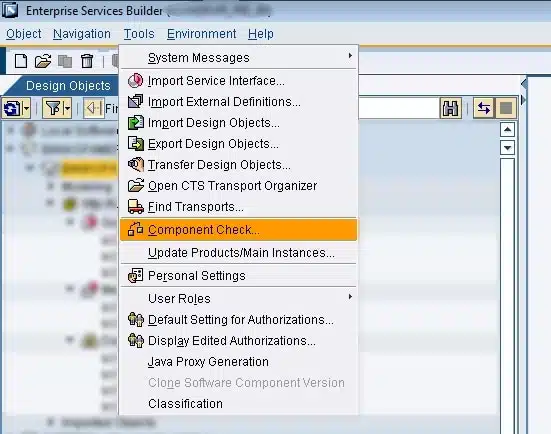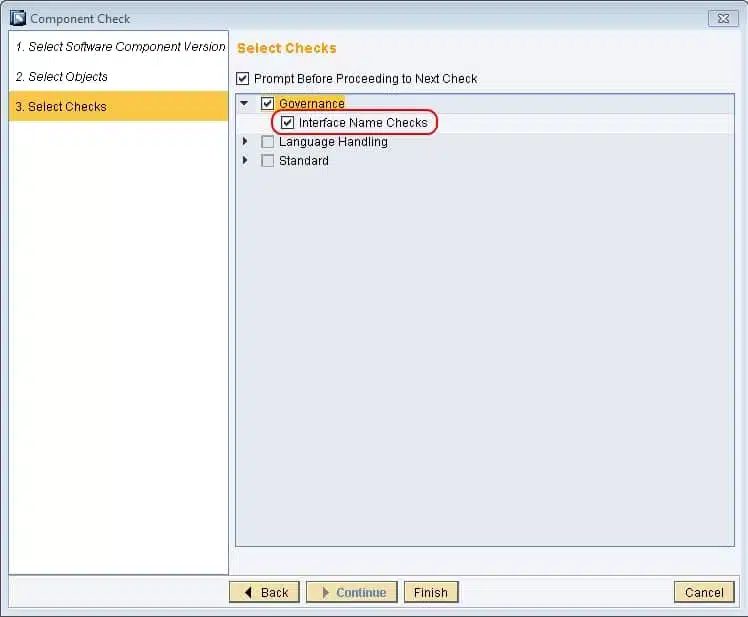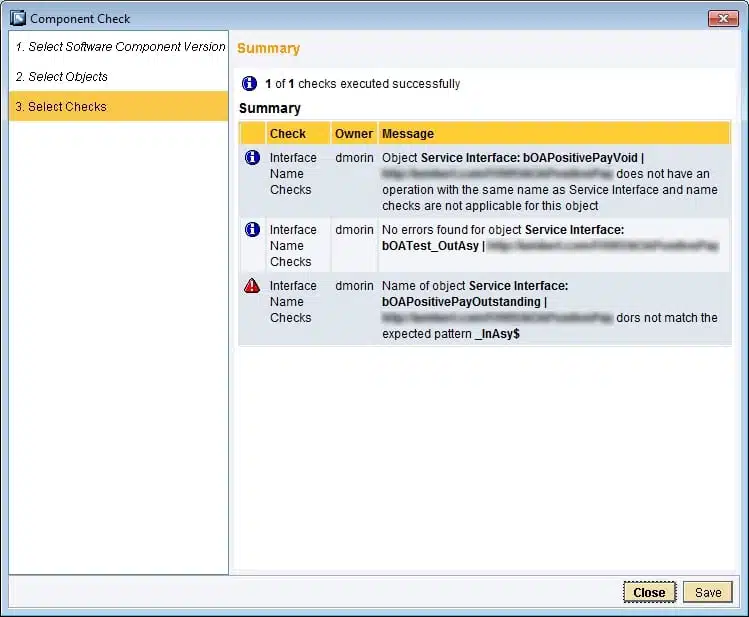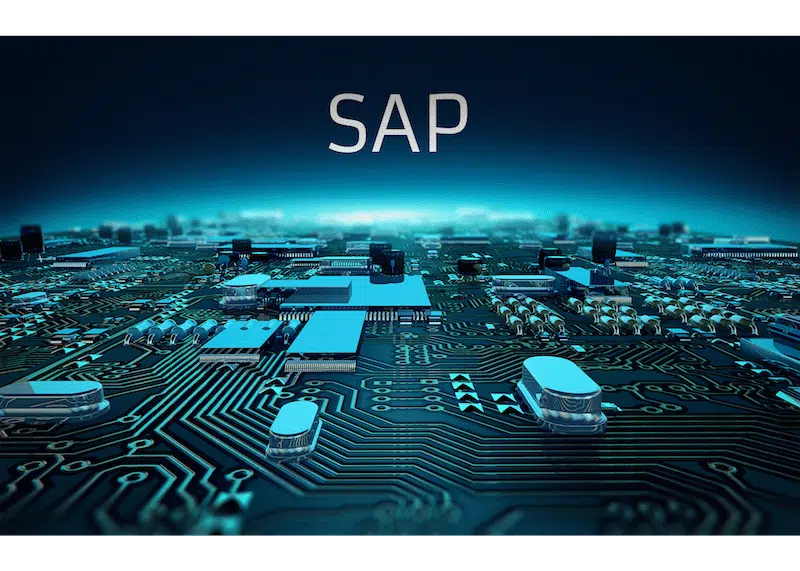In my last post, I discussed naming the naming convention that DataXstream recommends for SAP PI Integration Directory (ID) objects. I would like to say that I had a great DataXstream ESR-specific naming convention, however the SAP naming convention guide for PI 7.1 does the job perfectly. Here is the link to the PI 7.1 naming convention guide https://www.sdn.sap.com/irj/scn/go/portal/prtroot/docs/library/uuid/40a66d0e-fe5e-2c10-8a85-e418b59ab36a?QuickLink=index&overridelayout=true . I would like to point out some things that I feel most people miss, as well as some things that I think are particularly interesting.
Object Name Prefixes
I have seen a lot of places use prefixes or suffixes before objects such as or dt_ or _mt. I have never really been a fan of these prefixes and suffixes, and apparently neither is the above linked naming convention guide. The reason being is that they are unnecessary. It would be difficult to confuse a message type with a data type in a real interface scenario, even if troubleshooting an unknown broken object. Plus it makes message mapping unnecessarily confusing and long since it’s not clear whether to add the prefix, i.e. MT_one_to_MT_two. Good descriptive names are usually all that you need e.g. DEBMAS_to_Customer. The only possible exception to a no-suffix-or-prefix-policy is the service interface, as sometimes it is useful to know which direction and type a service interface is. An argument for a prefix or a suffix to describe a service interface would be to assist in understanding the flow from an SAP perspective in the event that someone who didn’t develop the interface had to come behind and troubleshoot. A argument against would be the fact that it looks silly if you use it for a web service, because you have a name that doesn’t mean anything to a third party user (note operation mappings are told to omit the prefix of direction and mode in the SAP guide).
One interesting thing that I noticed in my investigation of PI 7.1 EHP1 is that it appears that naming conventions on PI can be validated. If the object names do not conform to a naming convention a message will appear. Ter perform this check in the ESR go to menu Tools>Component Check.
Select “Governance” and “Interface Name Checks”:
If the service interface does not end with (In/Out)(SYNC/ASY) the interface check will show as an error (does not impact interface processing). I created 2 interfaces: one good and one bad to show this error.
My suspicion is that SAP will put more in place to force consistent naming standards depending on the service interface pattern in future releases.
Using a software component and Namespace for each “side” of an interface
All objects of an interface should not be grouped in a single namespace. They should to be split among the Software Component Versions of the systems being interfaced. Otherwise when you go to configure, you will not be able to see your operational mapping (OM) in the dropdown box without having to select all in the dropdown menu. A general rule of thumb is: if it’s not easy to configure, odds are you have probably done something wrong. Another reason why an object might not appear in the dropdown menu (for example for an operations mapping on an interface mapping) would be if the installed checkbox is not clicked on the SLD. When done correctly, most interfaces should be able to be configured quickly and intuitively in the integration directory (ID) without the need to select from all SWCV from dropdown menus on the integration builder.
Whatever naming convention you choose to use for the ESR, the important thing to remember is that adhering to the standard makes production support and troubleshooting faster and easier.






Hi Dave,
There is defantly an argument for making a change in the way some people do their naming conventions. You need to be much more strategic about what you are doing in that perspective.
Daniel